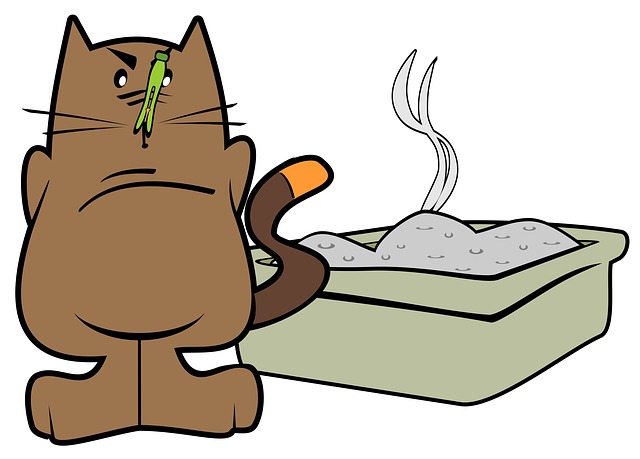What To Do If Your Indoor Cat Gets Outside?
When your indoor
Begin by systematically searching your home and immediate area, including less obvious spots like under bushes or in garages.
Don’t forget to use familiar scents, such as their favorite blanket or food, to lure them back.
It’s also essential to inform your neighbors and post on social media with clear photos and contact details.
Creating a safe and welcoming environment near your home with familiar items can encourage their return.
So, how do you effectively combine these steps to guarantee your
Search Your Immediate Area
Begin your search by thoroughly checking your home and the immediate vicinity, as cats often don’t wander far from familiar territory.
Start by inspecting every nook and cranny inside your house.
Cats are curious creatures and might be hiding in unexpected places like closets, under beds, or behind furniture.
Call out your
Once you’ve covered the inside, move to the areas just outside your home. Check under porches, inside sheds, and in any bushes or dense vegetation.
Cats like to feel safe and secure, so they’re likely hiding somewhere close by.
Use a flashlight to peer into dark or tight spaces where your
While searching, stay calm and move slowly.
Sudden movements or loud noises could scare your
If possible, enlist the help of family members or neighbors to cover more ground quickly.
Remember, persistence is key. Keep searching and calling out in a calm, reassuring voice. Your
Use Familiar Scents
To lure your
Start by placing your
These items carry your
Additionally, you can put out some of their favorite food or treats.
The strong, enticing smell might draw them back, especially if they’re feeling hungry.
You can also use their litter box as a scent marker.
Cats have a strong sense of smell, and the familiar scent of their own litter can guide them back to your home.
Place the litter box outside your door or in your yard.
This scent beacon can act as a homing signal for your
If you have a multi-cat household, consider using items that carry the scent of your other pets.
The combination of these familiar smells will create a comforting environment that might coax your
Spread the Word
While you’re setting out familiar scents, also make sure to spread the word about your missing
Start by informing your neighbors.
Knock on doors, show them a recent photo, and ask if they’ve seen your
People are usually willing to help, especially if they know what to look for.
Next, utilize social media platforms.
Post in local community groups, pet recovery pages, and your own profile.
Include clear photos, a detailed description, and your contact information. The more people who see your post, the higher the chances someone will spot your
Don’t forget to create physical flyers.
Print out your
Focus on areas like parks, community centers, and busy streets where foot traffic is high.
You might also consider placing an ad in the local newspaper or on community bulletin boards.
Set Up a Safe Return
Create a welcoming environment near your home to encourage your
Your
Food is a powerful lure.
Set out a bowl of their favorite food and some water.
The smell of the food can help guide them back and provide much-needed sustenance.
If your
Consider setting up a humane trap if your
These traps are designed to safely catch pets without harming them.
Place the trap near the area where they were last seen, baiting it with their favorite food. Check it frequently to make sure your
Conclusion
Don’t panic if your indoor
Use familiar scents like their favorite blanket or food to lure them back. Inform your neighbors and post on social media with clear photos and contact information.
Create a welcoming environment near your home with familiar items to encourage their return. By staying calm and methodical, you’ll increase the chances of safely bringing your






